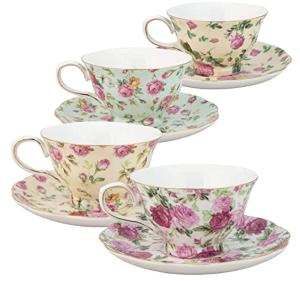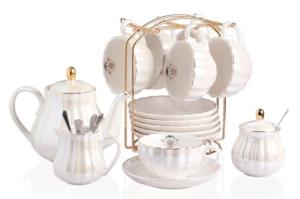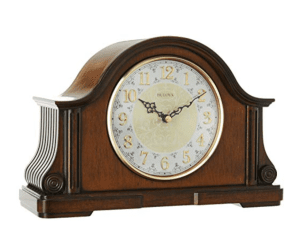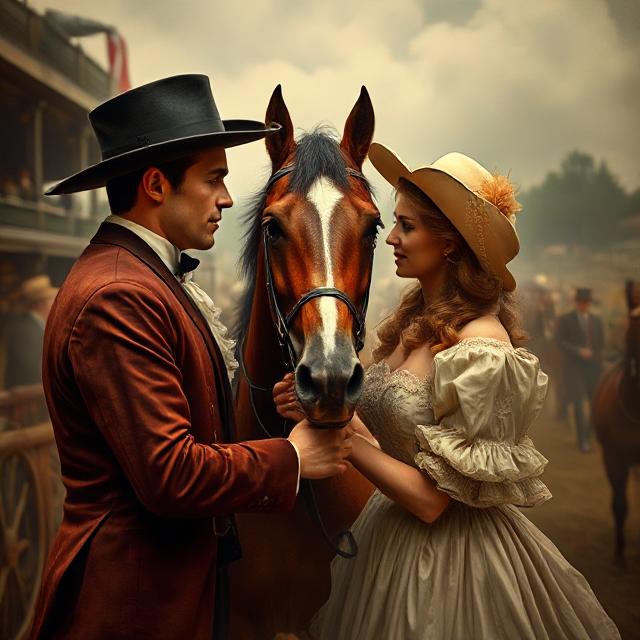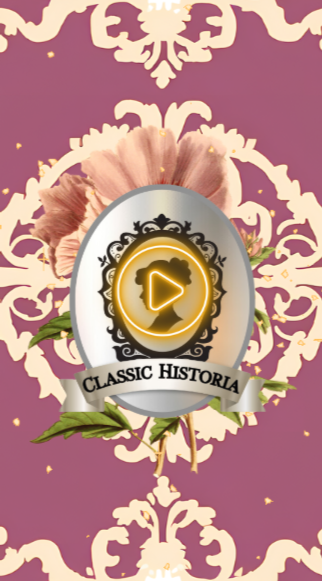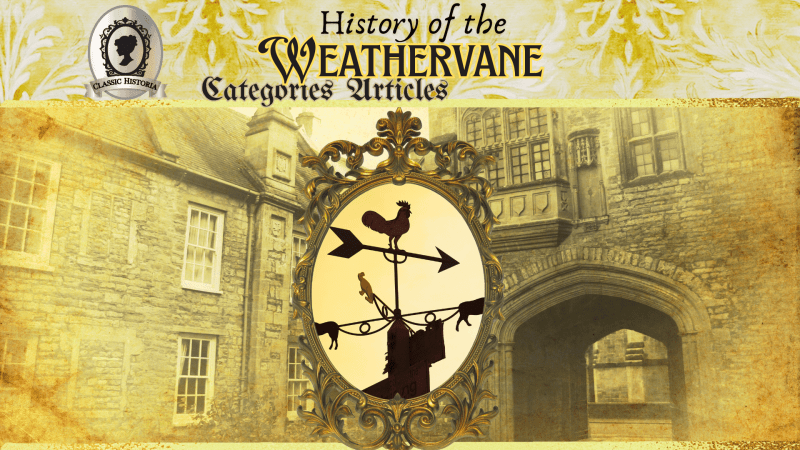Classic Historia may receive a commission on purchases made through Amazon and eBay affiliate links at no additional cost to you.
The concept of the Southern Belle is a cultural icon deeply embedded in the history of the American Old South, particularly during the antebellum period. These women embodied grace, charm, and hospitality while navigating the rigid social structures of the time. Through their actions, attire, and societal roles, Southern Belles symbolized an idealized vision of femininity, deeply influencing the culture around them. This article will explore their societal influence, cultural significance, and the broader historical context that frames their legacy.
The Archetype of the Southern Belle
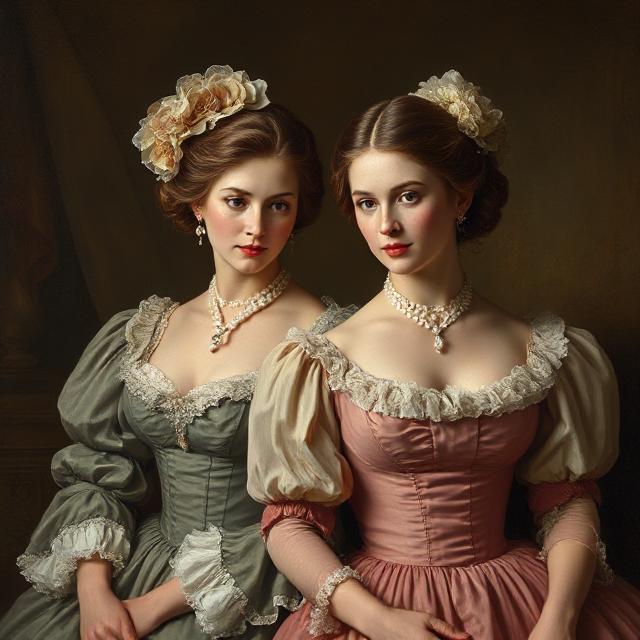
The term "Southern Belle" originates from the French word belle, meaning "beautiful." It referred to young women of the upper class in the American South, typically during the 18th and 19th centuries. These women were expected to display refined manners, maintain their physical appearances meticulously, and uphold the social standards of their families. Their attire often included hoop skirts, corsets, and parasols, reflecting the wealth and status of their households.
The Southern Belle archetype was not just about fashion or charm—it was a way to assert social status and class. Women were carriers of their family's reputation, and their public behavior was scrutinized heavily. A 'true' Southern Belle closely adhered to societal customs, exemplifying purity, dignity, and a maternal instinct.
Societal Impact of the Southern Woman
Female Roles within Patriarchal Structures
Southern Belles occupied a critical position in the manorial systems of the time period. They were instrumental in maintaining the household economy, supervising enslaved workers, and hosting social events, all of which were central to the Southern way of life and aimed at strengthening community relationships. Though romanticized, their role perpetuated the slavery-supported economy of the South by ensuring the labor behind their privileged lifestyle went unnoticed.
However, their societal influence extended beyond the domestic sphere. Through marriages often arranged with considerations for economic or social alliances, these women helped secure their families' status. Despite the constraints of a patriarchal society, Southern Belles wielded indirect power through their relationships and roles as cultural ideal-bearers, shaping southern norms and values.
Cultural Symbolism
Southern Belles became not just living individuals but symbols of identity for the South. Embodying hospitality, tradition, and civility, they were glorified in literature as a true art form long after the Civil War ended. Authors such as Margaret Mitchell famously depicted such women in works like Gone with the Wind, immortalizing characters such as Scarlett O’Hara as quintessential Southern Belles.
Cultural Values and Expectations

The romantic image of Southern identity archetype reinforced several cultural values, which were carefully instilled in young women through etiquette lessons, schooling, and maternal teachings.
- Chastity and Modesty
Young ladies were expected to remain pure and demure, reflecting an idealized virtue. Dancing, conversation, and even flirtation were performed within strict boundaries.
- Hospitality
Hospitality was a prized virtue in southern society. Homes were often open to extended family, strangers, and guests, and women were at the center of organizing lavish dinners and social gatherings.
- Relationship Management
Marriage partnerships were a significant focus for Southern Women Belles. It was common to attend balls and garden parties, serving as venues for courtship and networking.
$262.50
4.5 out of 5 starsBulova B1975 Chadbourne World Clock in Walnut Finish
Elegant World Clock in Walnut Finish by Bulova - A Timepiece Perfect for Any Home or Office
Product information
Product Review Score
Product links
Table of Expected Traits
|
Trait |
Description |
|---|---|
|
Poise |
Always maintained composure, even under pressure. |
|
Emotional Restraint |
Rarely displayed anger or frustration in public settings. |
|
Devotion |
Loyal to family, religion, and social duties. |
Examples and Notable Facts
- Real Southern Belles in Literature
While 19th century Southern Belle figures like Scarlett O’Hara were fictional creations, they were drawn from real-life examples. Wealthy plantation owners’ daughters like Varina Davis, the wife of Confederate President Jefferson Davis, reflected many Southern Belle qualities.
- Influence on Fashion
Southern Belle fashion, including hoop skirts and elaborate dresses, was so iconic that it influenced trends even beyond the antebellum South. Modern fashion often references these aesthetics during historical reenactments and in the film industry.
- Education and Society
Although women had limited access to formal education, many Southern Belles were taught music, embroidery, and languages like French or Latin in private settings. Education for Southern Belles was often aligned with making them “cultured,” rather than granting them broader career opportunities.
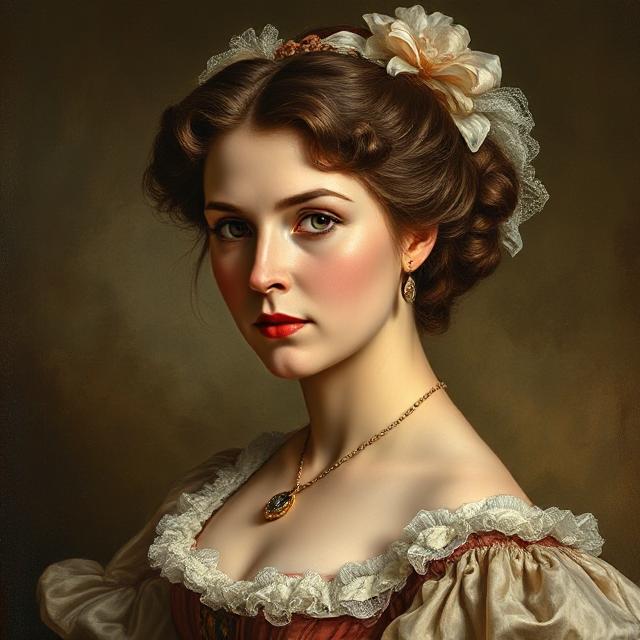
US History—Quick Facts About Southern Belles
- The period costume, the hoop skirt, could weigh up to 40 pounds due to its multiple layers of fabric.
- Contrary to popular belief, not all women in the South were Southern Belles; the term applied strictly to upper-class families.
- Southern hospitality—a tradition still celebrated—is deeply rooted in the cultural traits established by these women.
Chart of Societal & Cultural Influences
Below is a chart summarizing the cultural and societal roles played by Southern Belles in the Antebellum South.
|
Domain |
Role of the Southern Belle |
|---|---|
|
Household Management |
Supervised enslaved people organized daily family affairs. |
|
Community Hospitality |
Hosted community gatherings to establish familial and social alliances. |
|
Cultural Representation |
Served as emblems of civility and southern identity in media and art. |
|
Economic Role |
Married into alliances that strengthened plantation-based economies. |

Concluding Thoughts
The Southern Belle remains an enduring image in both American history and popular culture, representative of a bygone era's social complexity. While their elegance, sophistication, and grace are often celebrated, it is essential to critically examine the societal structures that sustained their prominence. The values and ideals they represented were deeply tied to a social order that included wealth disparity and racial injustice. Through this lens, understanding the Southern Belle allows us to better grasp the interplay between culture, gender roles, and historical context in the American South.
The Antebellum Period in the American South
The Antebellum Period, spanning the early 19th century until the start of the Civil War in 1861, was a defining era in the history of the Southern United States. It was characterized by significant economic, cultural, and social developments, many of which were intertwined with the institution of slavery. This period represents a complex and often romanticized chapter of American history, but it also serves as a poignant reminder of the profound struggles and inequalities that shaped the region.
Economic Development
- Agriculture as the Economic Backbone
The Antebellum South was heavily reliant on agriculture, specifically the cultivation of cash crops like cotton, tobacco, and sugar.
- The invention of the cotton gin by Eli Whitney in 1793 revolutionized cotton production, leading to rapid growth in the cotton industry.
- By the mid-19th century, Southern states were producing more than 75% of the world's cotton, earning the nickname "King Cotton."
- Slave Labor—The plantation economy was sustained by the labor of millions of enslaved African Americans.
- Over 4 million people were enslaved in the U.S. by 1860, with the majority living in Southern states.
- Slavery was central to the Southern economy, providing the labor needed for large-scale agricultural production.

Chart – Cotton Production and Exports (1800-1900)
|
Year |
Cotton Production (in bales) |
Percentage of U.S. Exports |
|---|---|---|
|
1800 |
73,000 |
57.5% |
|
1850 |
2,136,000 |
86.8% |
|
1900 |
10,266,000 |
66.3% |
The Social Structure
- Plantation Aristocracy
Wealthy plantation owners and their families were at the top of Southern society.
These families wielded political power and cultural influence, often idealized as the epitome of refinement.
Despite this romanticized image, a small percentage of Southerners—roughly 25%—actually owned slaves, with only the wealthiest owning large numbers.
- Yeoman Farmers and Poor Whites
The majority of Southern whites were small-scale farmers or landless laborers. Though they did not own slaves, many supported slavery as part of the Southern social order.
- Enslaved Communities
Enslaved people formed a significant portion of the population, living and working under dehumanizing conditions. Still, they built resilient communities, preserving cultural traditions through storytelling, music, and spiritual practices.
Cultural and Intellectual Movements
- Southern Pride and the Defense of Slavery
Southern leaders and intellectuals defended slavery through legal, political, and theological arguments, framing it as part of the "natural order."
- Black Resistance
Enslaved individuals resisted in various ways, from open rebellions such as Nat Turner's uprising in 1831 to covert acts of sabotage and escape.
$48.00
$31.50
4.4 out of 5 starsRose Gold Manor House Floral Drop Earrings | Classic Historia
Elegant and Timeless Earrings Perfect for Any Occasion
Product information
Product Review Score
Product links
Fascinating Facts About the Antebellum South
- The Rise of Cotton
Between 1820 and 1860, the South's production of cotton grew nearly tenfold, symbolizing its economic transformation during this period.
- Underground Railroad
While the South depended on slavery, the Underground Railroad helped thousands of slaves escape to freedom with notable leaders like Harriet Tubman playing key roles.
- Wealth Inequality
By 1860, the South had the highest concentration of wealth in the U.S., largely due to the profits from plantations and slave labor.
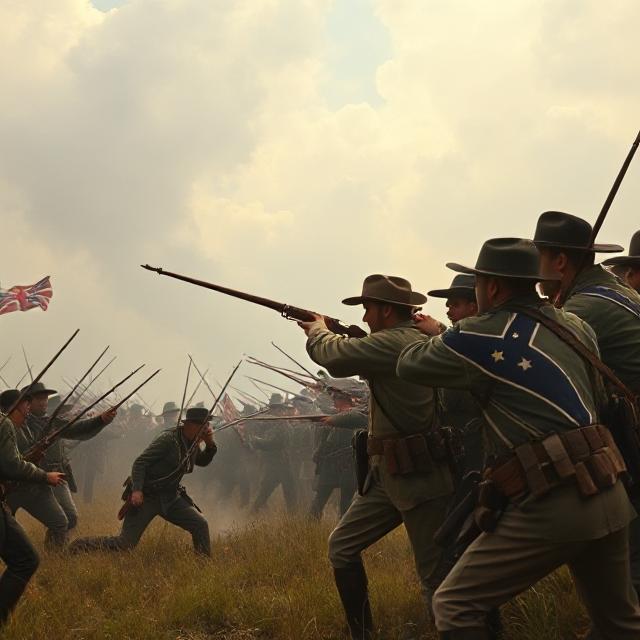
Interesting History: Confederate Army vs. Union Army
During the American Civil War (1861–1865), the United States was divided between the Confederate Army of the South and the Union Army of the North. The Confederate Army was composed of states that seceded from the Union, primarily to preserve the institution of slavery, which was integral to their agrarian economy. On the other hand, the Union Army fought to maintain the nation's unity and, over time, became increasingly committed to the abolition of slavery. President Abraham Lincoln’s issuance of the Emancipation Proclamation in 1863 solidified the Union’s stance against slavery, declaring enslaved people in Confederate territories to be free and aligning the war efforts with the moral cause of ending human bondage.
Interesting Fact: The Kentucky Derby
The Kentucky Derby, often called "The Most Exciting Two Minutes in Sports," is the oldest continuously held horse race in the United States. First run in 1875, the event was inspired by prestigious horse races in England and France. Held annually at Churchill Downs in Louisville, Kentucky, the Derby quickly became a cultural tradition, blending sport with elaborate fashion and Southern hospitality. Its rich history reflects the evolving dynamics of horse breeding, racing, and social customs in America.
Reflection on the Era
The Antebellum Period was a time of dramatic economic growth and cultural development for American society of the time, but was deeply marred by the exploitation and injustice of slavery. Understanding this era requires a balanced examination of its achievements and disparities, allowing for a more nuanced appreciation of how history shaped the modern American South.
Like this article? Discover more at Classic Historia for a deeper exploration into the past that has shaped our world.
Stay connected with Classic Historia and discover more timeless treasures by following us on our social media platforms:
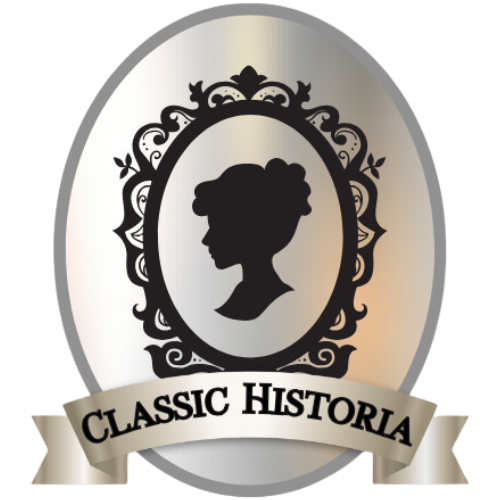 "With Classic Historia, you can find the perfect gift for any occasion or add a touch of nostalgia to your own home."
"With Classic Historia, you can find the perfect gift for any occasion or add a touch of nostalgia to your own home."
Business Phone Number:
(833) 222-7544
Business Address:
Classic Historia
1220 Oak Street, Suite J PMB1007
Bakersfield, CA 93304-1072
United States
